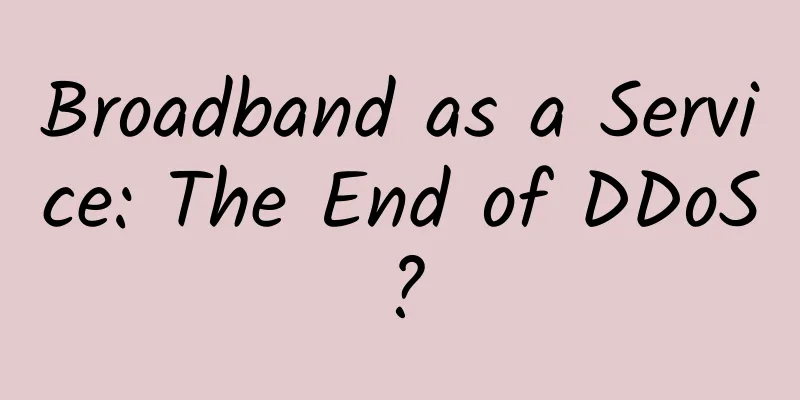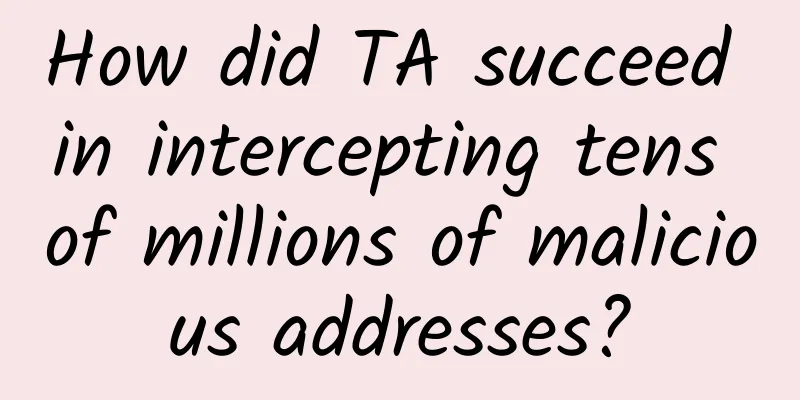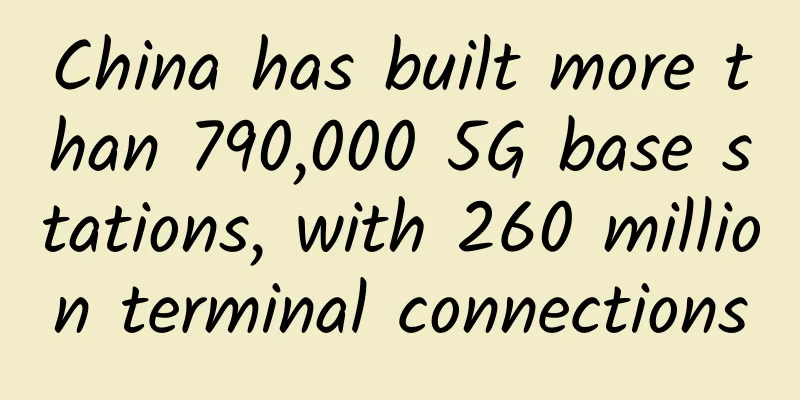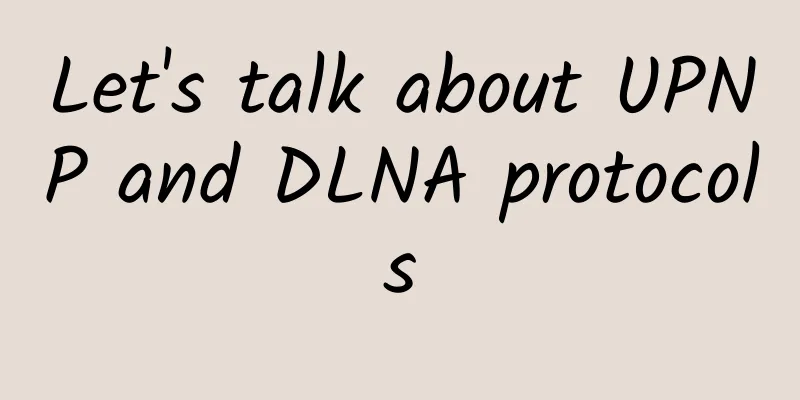Broadband as a Service: The End of DDoS?

|
【51CTO.com Quick Translation】With the continuous advancement of Internet infrastructure and website development technology, users no longer need to consider whether they can access a specific website. Instead, when browsing various websites or enjoying online services, users can compare several applicable alternative websites to find the one that can provide the best speed and performance. However, the centralized nature of most website server hosting companies and data centers has meant that until now, there is still a ceiling on the access speed for users.
Now blockchain may break this existing pattern. It provides a new set of solutions that will benefit future network architectures. As the technology has been successfully implemented in several industries, the underlying infrastructure of blockchain will become the "terminator" of various current bottleneck problems. Based on the characteristics of decentralization and the full utilization of idle resources, various new blockchain projects will eventually solve the biggest problem in the Internet today - the upper limit of bandwidth. Current solutions are still insufficient Some companies are already working on solutions to bandwidth issues. Faced with the reality of "having to pay in advance even if it is not fully used", how can enterprises manage the various inbound and outbound network traffic to avoid overpaying for bandwidth? Some companies have already begun to use their so-called "Network as a Service (NaaS)" (Translator's Note: Please refer to http://www.zdnet.com/article/bandwidth-the-new-frontier-of-cloud-computing/). NaaS can provide incremental cloud computing space and network capacity, and you can also purchase server space online in the same way. In order to solve the above cost issues, companies like PacNet (Hong Kong Asia Pacific Ring Communication) have begun to propose some cloud computing solutions that focus on cost issues while overcoming bandwidth capacity limitations and website acceleration difficulties. Although NaaS has great potential, it is still limited by the current centralized model of the Web. NaaS must use cloud servers based on existing data centers, and also face potential security issues based on Web attacks. More importantly, they are still expensive. Therefore, the main problem with this model is that due to the different geographical locations of users, some websites will be dragged down in terms of access speed and performance, resulting in a loss of return on investment for enterprises. In addition, the current centralized DNS servers that centralize encryption keys in a single location have proven to be quite insecure over time. DDoS attacks pose a major threat to large websites that were once considered safe in theory. Major service platforms such as PayPal, Twitter, and Spotify have experienced embarrassing large-scale outages due to DDoS attacks. Even the professional security website KrebsOnSecurity has suffered the largest DDoS attack in history. The root cause of these incidents is that multiple access keys are stored on certain individual servers, which are easily hacked and cracked. Blockchain can kill two birds with one stone Recently, some blockchain-driven companies have begun to address the dual issues of website security and communication speed. The decentralized nature of blockchain and its strict encryption design are very suitable for security protection. The principle of blockchain is based on the verification of transaction mechanisms, so it is almost impossible to hack public chains such as Ethereum or Bitcoin. What's more, since various information is stored in a distributed manner in the network, hackers must simultaneously break into every node in the blockchain if they want to succeed. For a blockchain like Ethereum, which has 34,051 nodes and a hash rate of 55 teraflops per second, it would be almost impossible for an attacker to succeed. Currently, some companies have begun to take action to further deal with DDoS and protect their websites. Gladius Network uses your idle bandwidth to fight cyber attacks Gladius is a blockchain network that creates a system for accelerating and protecting web traffic. They are developing a platform that allows anyone to add idle bandwidth on their computer to a "protection pool". This pool optimizes and accelerates filtered web traffic, creating a strong defense against common hacker attacks. Interestingly, the participation of individual users can in turn inspire them to jointly build an ecosystem that benefits the market. Individual website owners can bid on the most efficient networks, and computers in the protection pool can also earn Gladius tokens in return. This type of network has three advantages.
In fact, the future of cybersecurity may well lie in the realm of blockchain. In addition, some other companies have also developed service directories and browsers related to DDoS security. Their strategies are basically aimed at effectively using blockchain to prevent DDoS and other similar attacks. The decentralized nature of the blockchain system makes it impossible for both general hackers and advanced software robots with the ability to collect the required processes to completely subvert all nodes in the entire network. Blockchain can create a more secure network Although not fully mature in terms of specific details, it is clear that blockchain will be the next real frontier in network and data security. The technology builds security and implements encryption, and its decentralized nature makes it helpless against existing attack tactics. More importantly, it enables companies to provide creative incentives and use the power of a huge network to deal with increasingly sophisticated hackers and attacks. As companies gradually figure out how to take advantage of these features, they will be able to create a more secure and faster network environment. They will also completely break the existing network model and re-evaluate and build their own security network architecture. Original title: Bandwidth as a service: The End of DDoS?, author: Ralph Tkatchuk [Translated by 51CTO. Please indicate the original translator and source as 51CTO.com when reprinting on partner sites] |
<<: Health and Risk: A New Model for Data Center Capacity Management
>>: Programmers' comments on Singles' Day: What is honey to others may be poison to me
Recommend
V5.NET offers 30% off on first order for all new customers, Hong Kong server monthly payment starts from HK$385
V5.NET is a professional independent server renta...
What is Wi-Fi 6?
Wi-Fi plays an indispensable role in modern peopl...
Ministry of Industry and Information Technology: Interim Measures for the Management of Number Portability Services have been drafted
The State Council Information Office held a press...
An article reveals the practice and thinking of edge computing reference architecture 2.0
[51CTO.com original article] With the development...
Multi-process communication methods and a series of problems
[[434195]] This article is reprinted from the WeC...
The 30th anniversary of Zhongchuang Software: persistence and perseverance have created glory, and Xinchuang has provided broad space for independent innovation of middleware!
Since 1991, Zhongchuang Software Engineering Co.,...
What can I do with 5G network?
Some people say that 4G is enough and there is no...
HostSlick: Netherlands high-security VPS from 5.99 euros/month, 1Gbps unlimited traffic, optional OpenVZ/KVM architecture
HostSlick is a foreign VPS service provider found...
Ruishu's next-generation WAF - WAAP platform, a one-stop dynamic active defense covering Web, APP, cloud and API
There is no doubt that traditional WAF is losing ...
CloudCone: KVM monthly payment starts at $1.99, Los Angeles data center, supports PayPal/Alipay
CloudCone's [2021 Flash Sale] event is still ...
Do you know two common communication methods of Vue?
Vue component development is a very wonderful pro...
Sharktech: 1Gbps unlimited traffic high-security server starting at $59/month, Los Angeles data center
I saw a friend looking for a 1Gbps unlimited traf...
Maxthon Hosting: Los Angeles CN2 GIA/Hong Kong CN2 Line VPS Monthly Payment Starting from 54 Yuan, Dual Core/2G Memory/30G SSD/100M Bandwidth
Aoyo Hosting has not launched a new promotion for...
China Unicom makes first HD call on 5G SA network
2019 is the first year of 5G commercial deploymen...
A review of SDWAN's martial arts schools in 2018
There is no shortage of newcomers in the network ...









